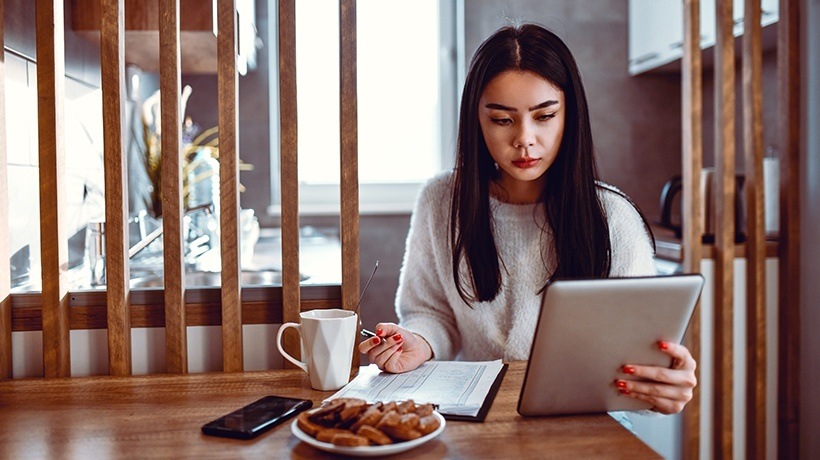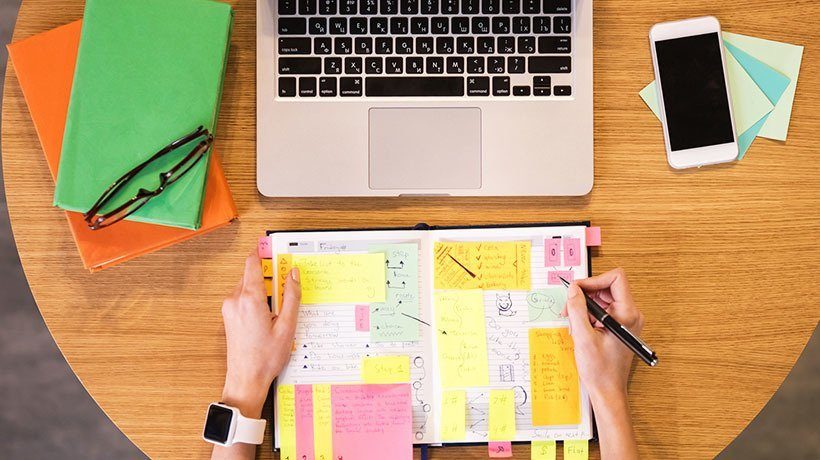Why Do Employees Forget What They Learn in Training?
In the 1880s, a German psychologist, Hermann Ebbinghaus, performed experiments on human memory and developed a hypothesis called the Ebbinghaus Forgetting Curve, which illustrates the rate at which people forget new information. Without the application of the acquired learning, people may forget 80% of what they learn within 30 days!
The Forgetting Curve is impacted by several factors:
- Pace and duration
Fast-paced instruction in a short amount of time steepens the Forgetting Curve. - Volume of information
A large volume of information shared over a short period of time increases the Forgetting Curve.
On the other hand,
- Frequent and consistent spaced practice
Spaced practice tends to diminish the Forgetting Curve. - Environmental factors
Better rested learners have a greater capacity for retention, easing the Forgetting Curve.
What Are The Implications Of The Forgetting Curve?
Learners are bombarded with large amounts of information. Corporate training teams are faced with the reality that employers need employees on the job as quickly as possible. Unfortunately, this often triggers the Forgetting Curve.
Time-consuming training programs create diminishing Returns On Investment. Because of the steep Forgetting Curve, employees are less efficient and they’re forced to invent answers for problems on their own or become dependent on SMEs.
This may also have legal or safety ramifications. Within many industries, employees are required to adhere to compliance regulations. If those regulations or laws are transgressed, employees may be subjecting themselves and their company to lengthy and expensive court proceedings.
How Do You Overcome The Forgetting Curve In Your Employee Training Programs?
Corporations can overcome the Forgetting Curve by fostering a healthy learning and performance ecosystem, rich with microlearning options.
The following instructional principles should make up the foundation of a sound learning and performance ecosystem.
- Activate prior knowledge to create a strong foundation on which new knowledge can be constructed.
- Establish a shared knowledge foundation with learning solutions on which new behaviors can be constructed. Employee training programs, either formal or informal (employing microlearning tactics), will have a starting point from which to launch successive efforts.
- Use the scaffolding technique of guided instruction, practice, assessment, and remediation to help overcome the Forgetting Curve. Also, minimize cognitive load by excluding extraneous information.
- Employ the learn, apply, and feedback loop to reduce the impact of the Forgetting Curve. As employees learn, they should have the opportunity to immediately apply what they’ve learned and receive feedback from coaches.
- Leverage informal learning and microlearning outside formal employee learning programs. Healthy learning and performance ecosystems support and encourage informal learning as employees self-direct and curate content.
What Microlearning Approaches Can Be Used To Offset The Forgetting Curve?
Microlearning can be leveraged very effectively to offset the Forgetting Curve as shown here:
- Use quick microlearning hits to review what was covered more formally in employee learning programs and refresh prior knowledge.
- As old processes are updated, use pointed, formulaic, and short microlearning text or video objects to inform employees.
- Blend formal employee learning programs with interspersed microlearning [1] objects, building layers of instructor-led sessions, practice, and microlearning objects to which employees can turn to for reference.
- Self-directed learning [2] is often more powerful than traditional employee learning programs when counteracting the Forgetting Curve. Provide an environment where employees can seek new information, curating the content they find in a way that’s shareable with coworkers.
- Spaced learning is an effective method of overcoming the Forgetting Curve. At consistent intervals, provide additional microlearning with practice opportunities in employee learning programs. This will help reinforce what employees have learned, solidifying their ability to recall information when they need it.
How Do You Use Microlearning To Reinforce Learning?
Finally, use these examples of microlearning [3] to reinforce learning and eliminate the Forgetting Curve:
- Short videos can be an engaging way to provide new information or review information that was covered in formal employee learning programs.
- Infographics are informative at a glance and can refresh important information such as product knowledge or process workflows.
- Animated and explainer videos quickly engage learners, pulling them into quick learning opportunities.
- Messages from leadership in print, video, and even audio format can formalize new processes, helping employees quickly understand the big picture behind any new process or policy.
- Short scenarios can be used for practice and for the application of the acquired learning. The feedback can be leveraged to reinforce the primary learning.
- Encourage expert video tips wherein the SMEs can break complicated processes down into small, consumable chunks that employees can watch when they need.
Acknowledging the Forgetting Curve creates a space to blend microlearning to create a strong and effective learning and performance ecosystem for employee learning programs. I hope my article provides the insights you can use to offset the Forgetting Curve through microlearning and create a Retention Curve.
Meanwhile, if you have any specific queries, do contact me or leave a comment below.
References:
[1] How to Blend Microlearning and Macrolearning to Deliver a Higher Impact Workplace Training
[2] Getting Started With Self-Directed Learning (SDL) – Featuring A Case Study
[3] 15 Types Of Microlearning For Formal And Informal Learning In The Workplace
Read More:
- eBook: Microlearning in Action – Tips, Techniques, and Examples on How to Use It to Drive Employee Performance
- 3 Microlearning Strategies to Promote Learning in the Flow of Work
- Power Triad – Using mLearning, Microlearning, and Gamification to Create Immersive Learning Experiences
- How to Drive Employee Performance with Microlearning
- Frequently Asked Questions (FAQs) on Microlearning in Corporate Training










